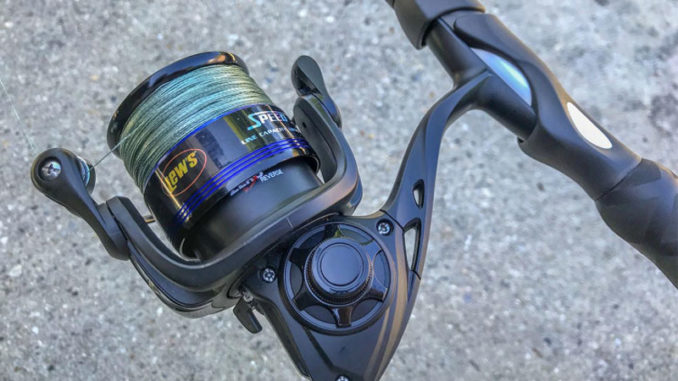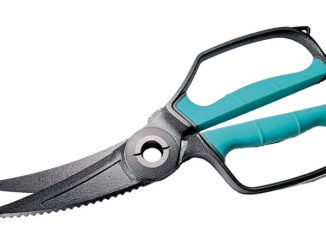
Tweak your spinning rig setup and put more fish in the boat
Spinning tackle is the “go-to” for inshore anglers, often chosen over casting tackle because of its ease-of-use, performance in strong wind and ability to chunk bait over long distances.
And like any piece of equipment, spinning tackle can be “tuned” to achieve maximum performance, resulting in longer casts and fewer wind knots.
Here are seven tips to help you make it happen:
1. Fill the spool to the crown
Line peels off the spool at a 90-degree angle during the cast and, as it does, slaps against the crown.
The crown is the lip at the top of the spool, and is normally beveled and smooth to decrease friction on the fishing line.
However, the crown gets in the way more and more as line leaves the spool.
The way to get around this is by filling the spool all the way to crown. Otherwise, a half-full spool won’t cast as far because the line is constantly rubbing the crown during the cast.
The downside to this is that too much line will result in wind knots, so don’t ever fill it past the crown.
2. Remove line twist
Twist in the line will cause it to fold on itself once freed from the spool, making it a contributor to wind knots.
Wind knots are to spinning reels what backlashes are to baitcasters, and can ruin a good cast instantly.
Dragging a naked line from the boat, with about three-quarters of the spool out, is my favorite way to remove twist.
I have also reeled line off a manufacturers spool through a thick book, with a C-clamp holding it shut, and onto the spinning reel.
However, I dont particularly like this method because I feel it could damage the line.
3. Use a longer rod
It’s science: A longer rod gives you more leverage, which creates more power, and you guessed it, more distance.
4. Use thinner-diameter fishing line
Thinner line is lighter and reduces the diameter of wound line on the spool on each cast, keeping a shorter distance between the surface of the wound line and the crown.
As explained earlier, this gives you an advantage of distance due to reduced friction.
5. Proper lure weight
A medium-light, extra-fast rod isn’t made to chunk 1-ounce bank sinkers, and an extra-heavy, fast-action rod won’t perform well with 1/8-ounce jigheads.
Take a look at your rod blank near the reel seat to see the specified lure weight. If you’re casting outside of that performance envelope, then you’re only reducing your casting distance.
6. Get your lube on
Break out the Reel Magic to douse the crown and rod guides to make them slippery slick.
I also give the spool a uniform squirt the night a trip to give it time to dry.
Trial and error revealed to me that silicon spray is effective with braided line, but does best with monofilament and fluorocarbon.
7. Consider ditching the braid
I know this is heresy amongst Louisiana’s inshore anglers, but I’ve learned that one line isn’t better than the other — they’re just tools in the toolbox.
My buddy in Florida demonstrated this to me when he displayed his spinning combo equipped with — hold on to your seat — 12-pound test fluorocarbon.
Line absolutely zinged off the spool. It seemed like the lure would never stop and, after measuring the distance, we learned he was making consistent 50-plus-yard casts.
The redfish he catches over there are heavily pressured compared to ours, making long-distance casts a must.
But I feel that if it works for him, it will work for us. My only caveat is that it could be ineffective around heavy cover.
One run into heavy grass could spell doom for that line’s tensile strength, ultimately costing you a fish.
Conclusion
It’s easy to grow complacent with our tackle, especially if we’re not exposed to the critique of other inshore anglers.
So take a minute to look at your spinning rig, and you may see adjustments that could improve its performance and ultimately put more fish in the boat.
Thanks for reading, and if you liked this article then you’ll love my website, Louisiana Fishing Blog.


